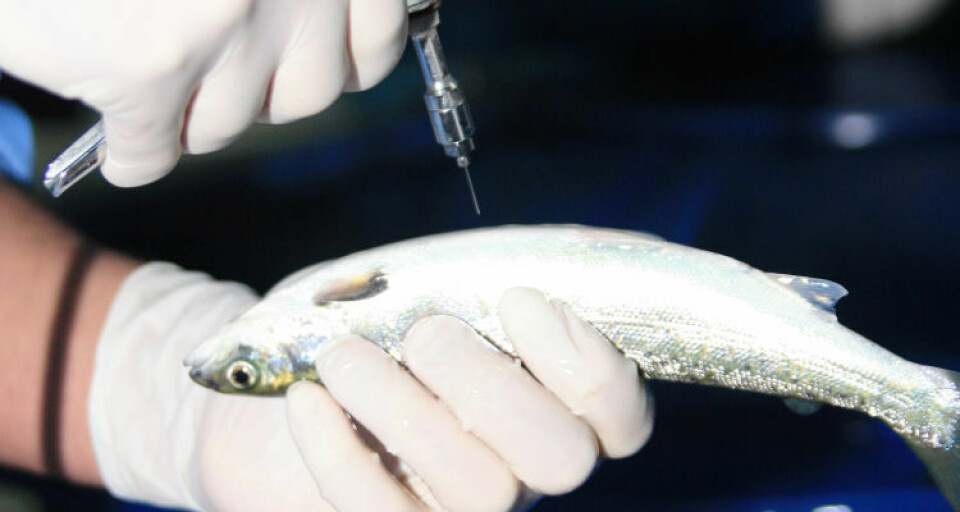
Aquaculture vaccines market will surpass $290 million by 2025
New research published by Global Market Insights Inc predicts that the global aquaculture vaccines market will reach $290 million USD by the year 2025.
An increase in global consumption and production had led to the advancement and development of vaccinations for different species.
“The production of salmon species has increases from 1.3 million to 2.2 million over the last decade,” according to the Food and Agriculture Organization of United Nations.
“Increasing prevalence of bacterial and viral infections among aquaculture species across the world is one of the major growth augmenting factors, since aquaculture vaccines are the most efficient form of treatment for such diseases. As per the National Institute of Health (NIH), bacterial diseases are the most prevalent disease challenge in fish farming accounting for about 54.9% of cases worldwide. Therefore, rising incidence of such diseases will augment the aquaculture vaccines market growth over the forecast period,” said the study published by Global Market Insights Inc.
Regulatory policies
“Stringent regulatory policies for approval of aquaculture vaccines is one of the major growth impending factors.”
Some commercial vaccines for fish consist of mixtures of two to four vaccine products. Complex manufacturing procedures for vaccines results in high costs that will limit the growth of aquaculture vaccines market.
In 2018, the Inactivated vaccine market was valued at $158.2 million USD.
“Inactivated vaccines were introduced with an aim to protect the aquaculture species against any disease outbreaks. When disease outbreaks such as bacterial and viral infections occur diagnostics are conducted to identify the cause.Based on that the appropriate treatment is applied. Inactivated vaccines are efficient in treating such diseases.”
This reflects in an upward trajectory in the global aquaculture vaccines market.
Immersion vaccines
Immersion vaccines allow immune cells located in the fish's gills and skin to become directly exposed to antigens. These immune cells then start producting antibodies which protects the fish from future infections. “Immersion vaccination occurs by the means of dipping depending on the size and species type. Therefore, the growing efficiency of such vaccines will augment market growth.
Bacterial infections
In 2018, the bacterial infection segment was valued at $130.7 million USD.
“Salmonicida, Aeromonas hydrophila, Vibrio spp, E tarda, Edwardsiella ictalurid, Streptococcus spp and other related gram-positive bacteria can also infect aquaculture species. Yersiniosis is a chronic bacterial disease in farmed cultured salmonids. Therefore, the rising prevalence of such diseases will augment aquaculture bacterial infection vaccines growth in the near future,” said the study.
“Over half of the salmon consumed globally are farmed. The introduction of vaccines into salmon aquaculture made large scale production feasible by preventing infections. The rising production of farmed salmon will boost the salmon aquaculture vaccines market by 6.0% CAGR over the projected timeframe.”
One of the largest
“The Canadian market is one of the largest in the world and is projected to expand at a CAGR of 6.3% over the forecast period. During this forecast timeframe Canada will continue to grow at a global level. This will increase investments in research and development of the vaccines by major Canadian players such as Merck Animal Health and Zoetis. Some of the key industry players operating in the global aquaculture vaccines market include Hipra, Zoetis Inc., Merck & Co., Inc., Tecnovax, Virbac, Veterquimica S.A., and Nisseiken Co. Ltd.”























































